Brown patina
Signature of the sculptor "BARYE" on the naturalist terrace
Old cast iron
Period XIX th century
Perfect condition
Gengis Khan (name meaning "universal sovereign" ), first named Temüdjin, is the first Mongolian emperor.
Thanks to his political and military genius, he managed to unify the Mongolian and Turkish tribes of Central Asia, thus giving birth to the largest empire of all time. Little is known about the childhood of the one then named Temüdjin.
According to beliefs, he was born with a bone-shaped blood clot in his fist.
During his youth, the Mongol clans were torn apart by conflicts and internal guerrillas.
They are divided and weakened against their main rivals: the Turks and the Tatars.
When the young Mongolian is barely 10 years old, his father is poisoned during a meal shared with the Tatars.
The clan does not submit to the authority of the child, who is too young, and it is the Taïdjioutes who seize power. Long years of wandering followed for the future Genghis Khan, in the company of his family.
At 19, Temüdjin has already built a reputation as a fierce warrior and a fine politician, allowing him to gradually unify the different Mongolian tribes.
In 1201, then an ally of the Chinese, he defeated the Turks, the Tatars and the Taïdjioutes, during several resounding battles.
Five years later, he was named universal ruler (Genghis Khan) by the Mongolian people, because of his many victories on the battlefield. Mongolia was born. Then began the conquests towards neighboring kingdoms, especially China.
In 1220, the Mongol Empire extended to the Muslim kingdom of Khwarezm, stretching between the Caspian Sea and the Persian Gulf.
After a final victorious campaign in China, Genghis Khan explains to his youngest son his plans for the vast empire he has created.
He died in 1227, his body will be taken to a secret mausoleum in Mongolia.



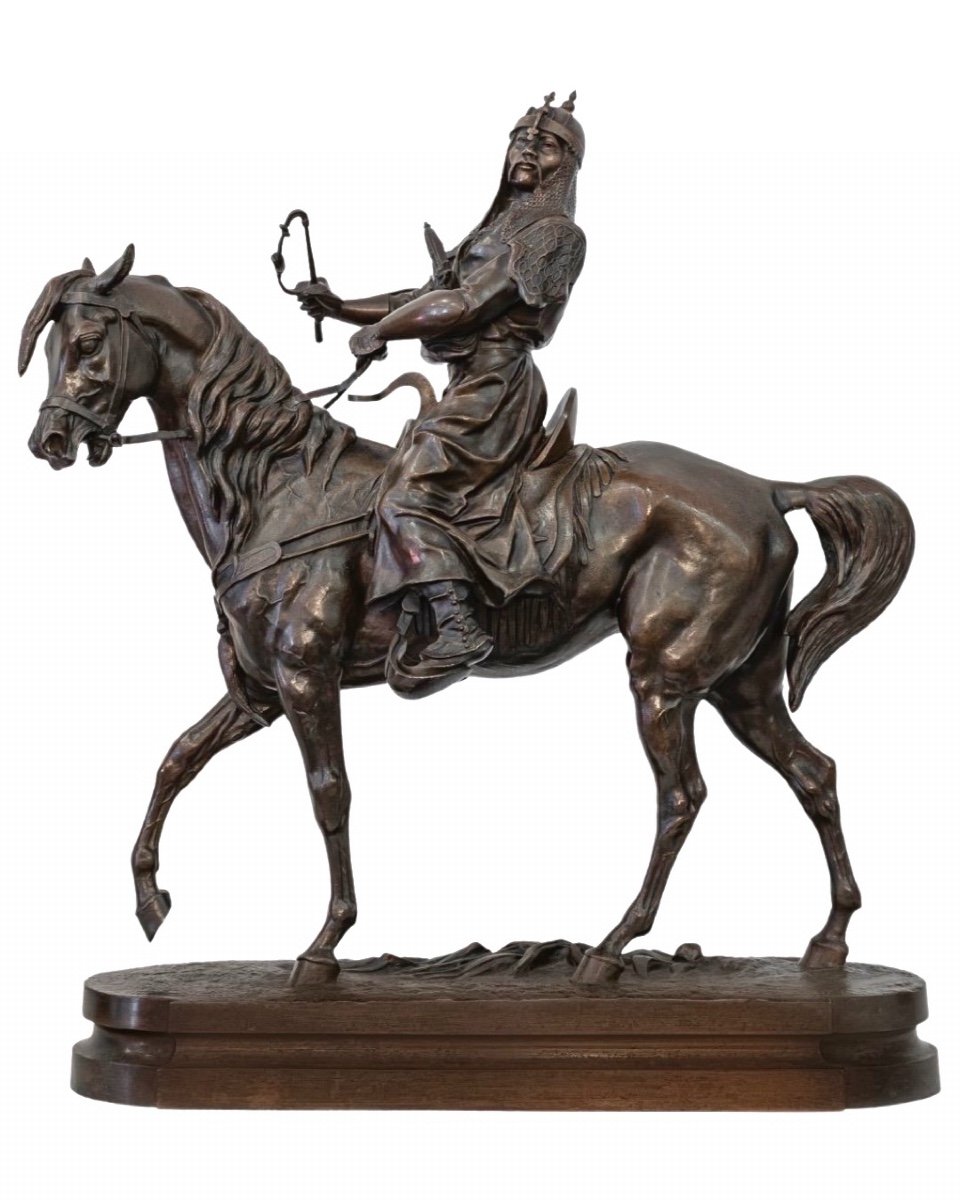
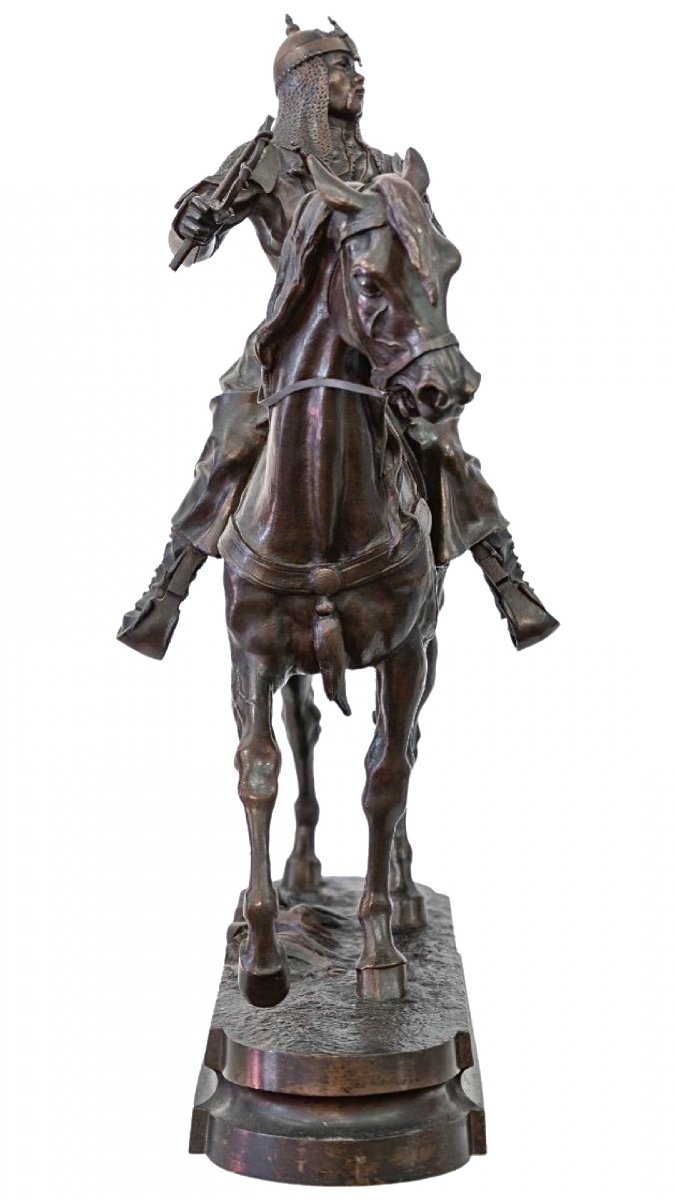


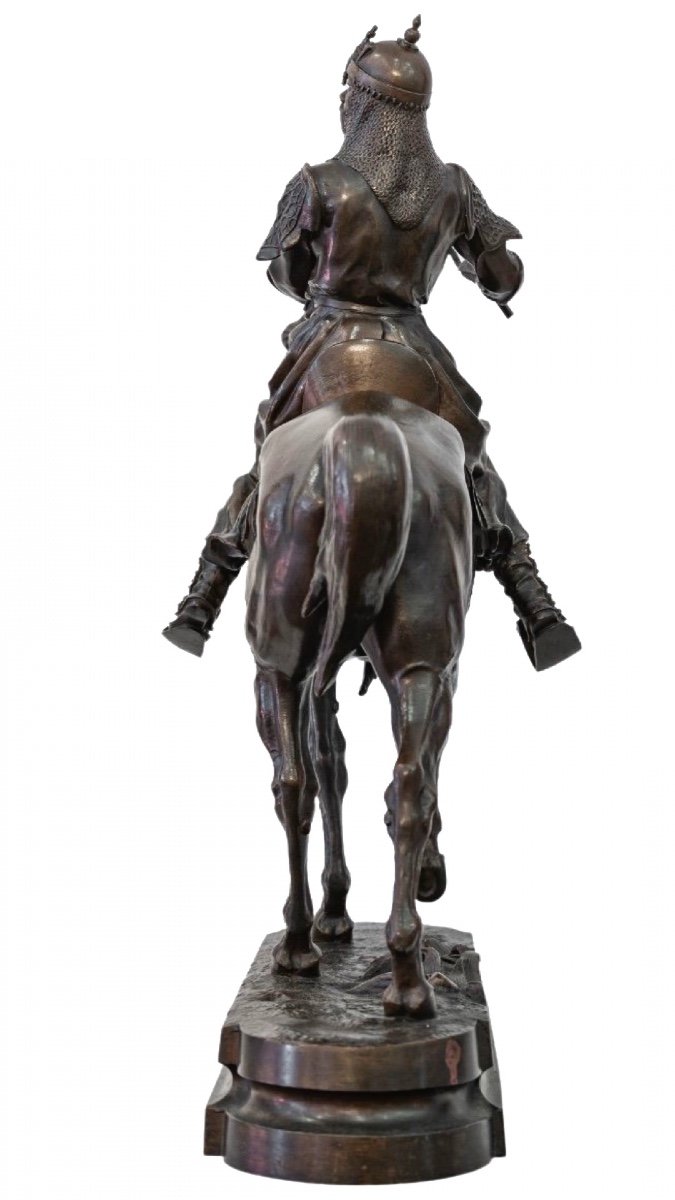
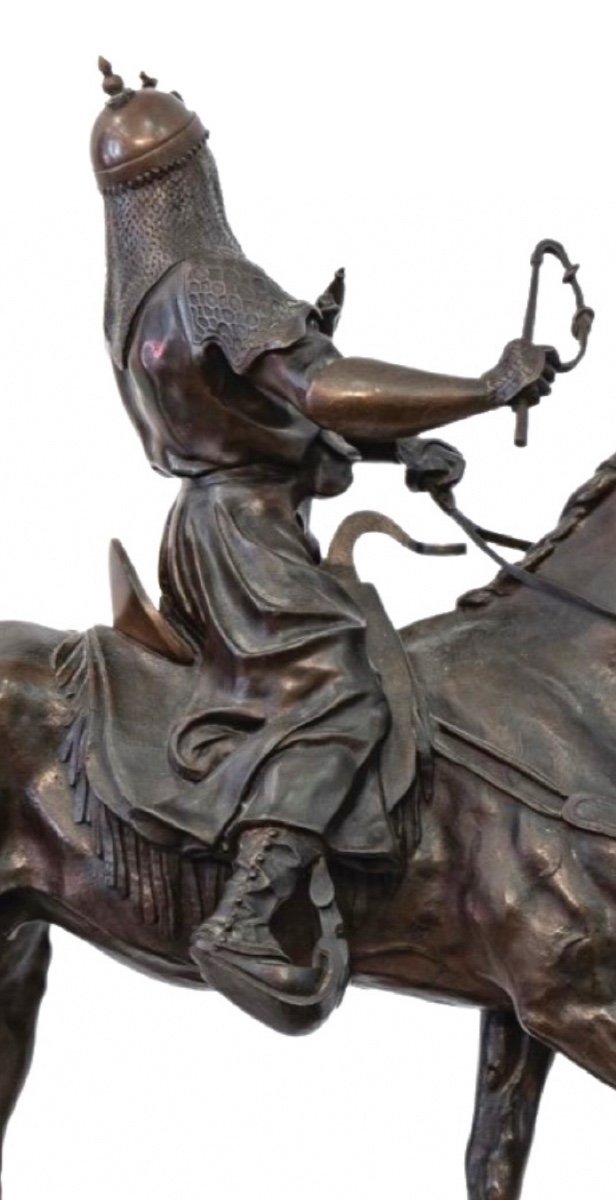

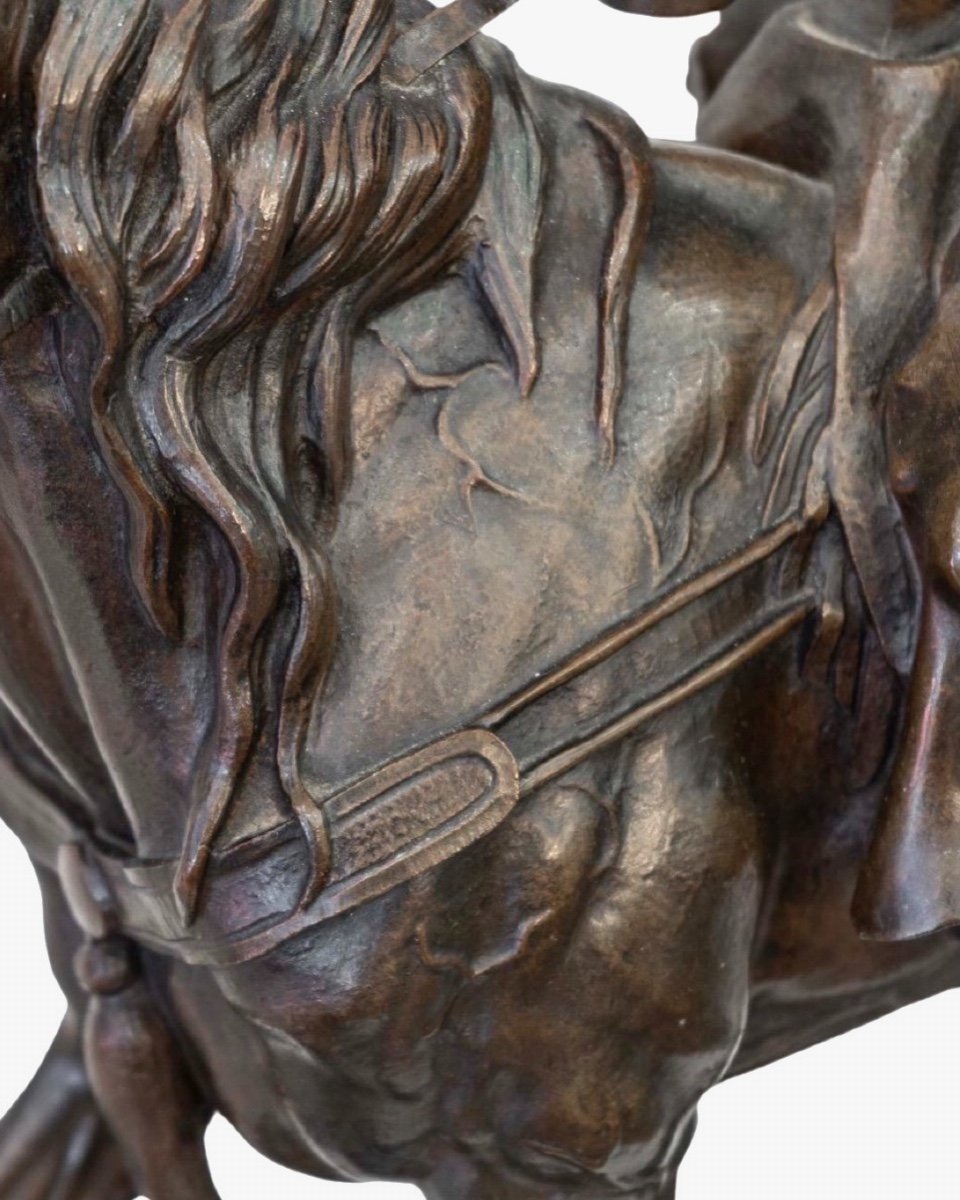
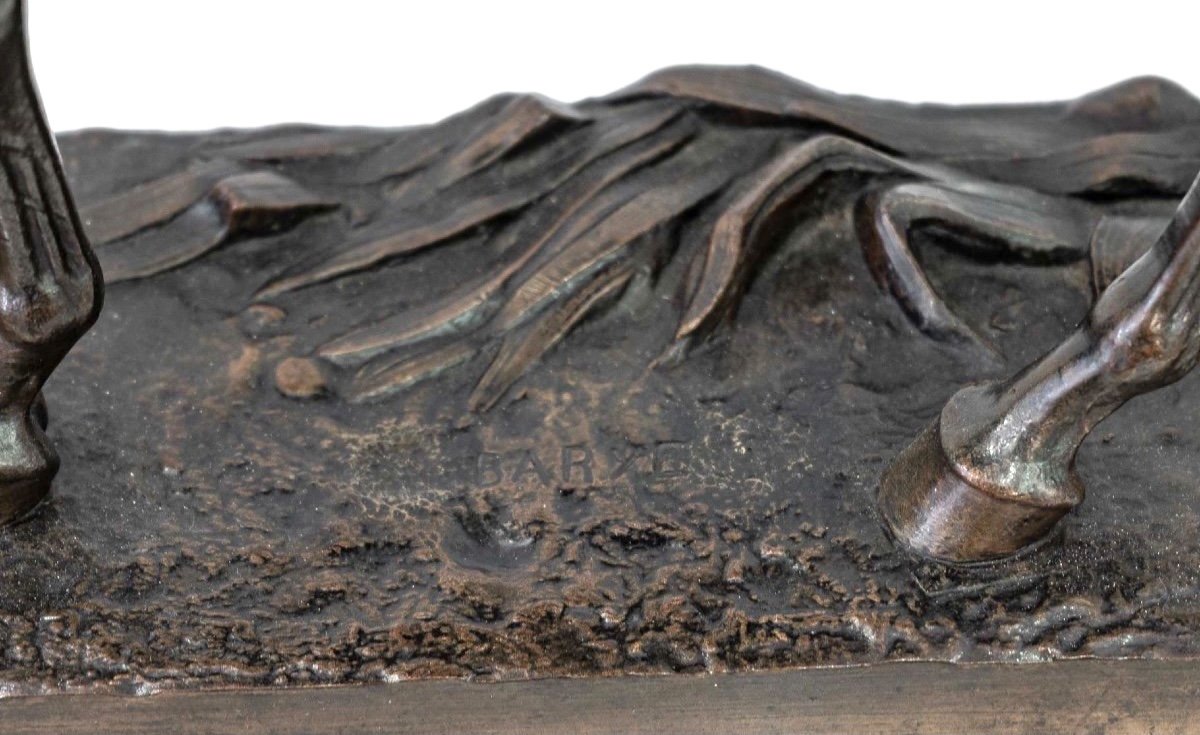
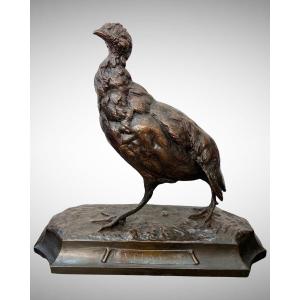


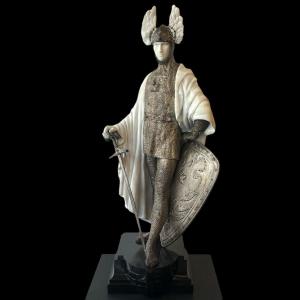
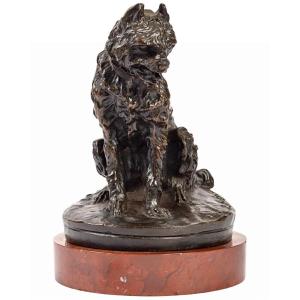
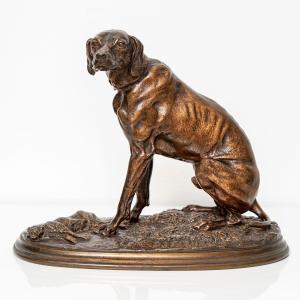

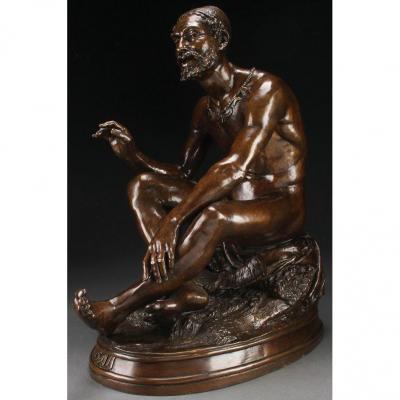







 Le Magazine de PROANTIC
Le Magazine de PROANTIC TRÉSORS Magazine
TRÉSORS Magazine Rivista Artiquariato
Rivista Artiquariato
